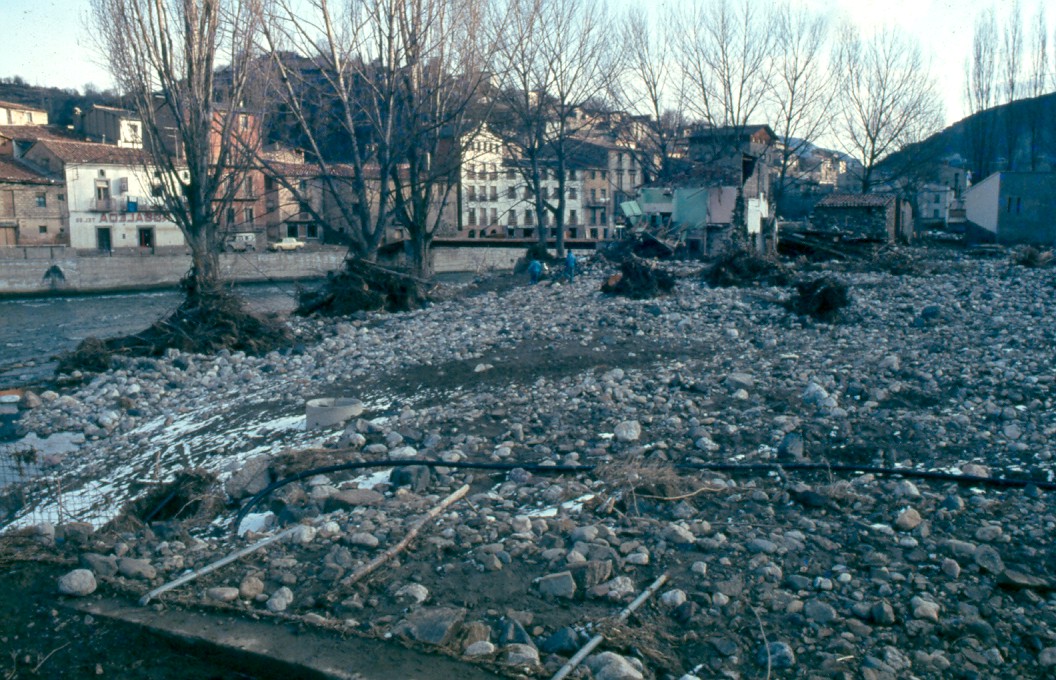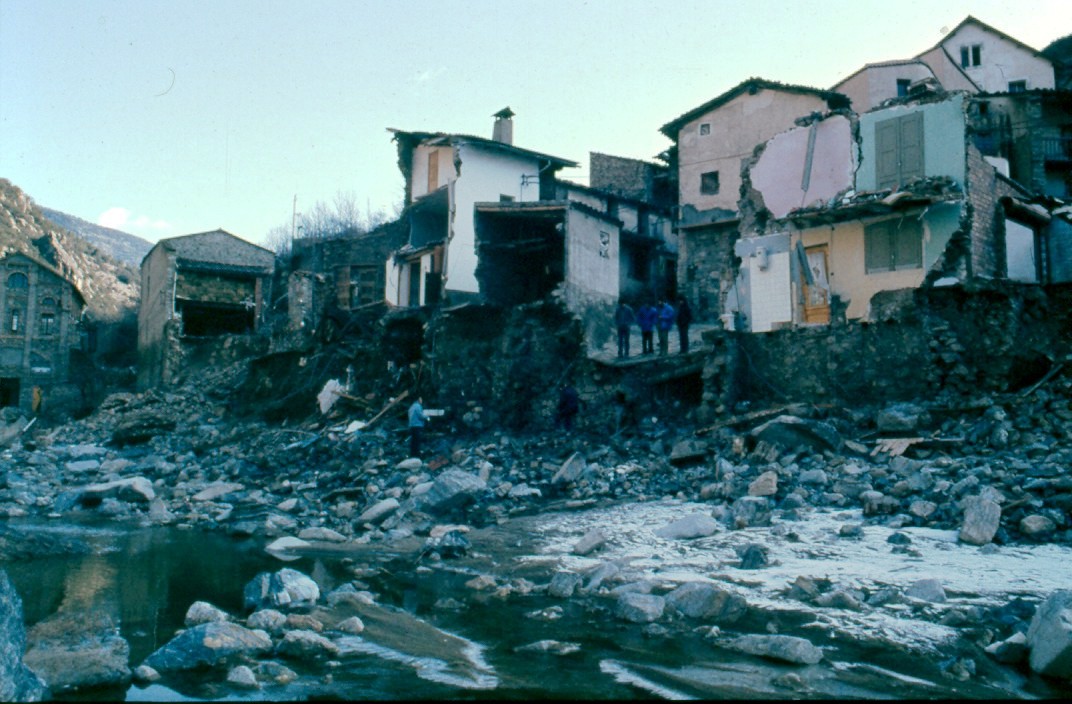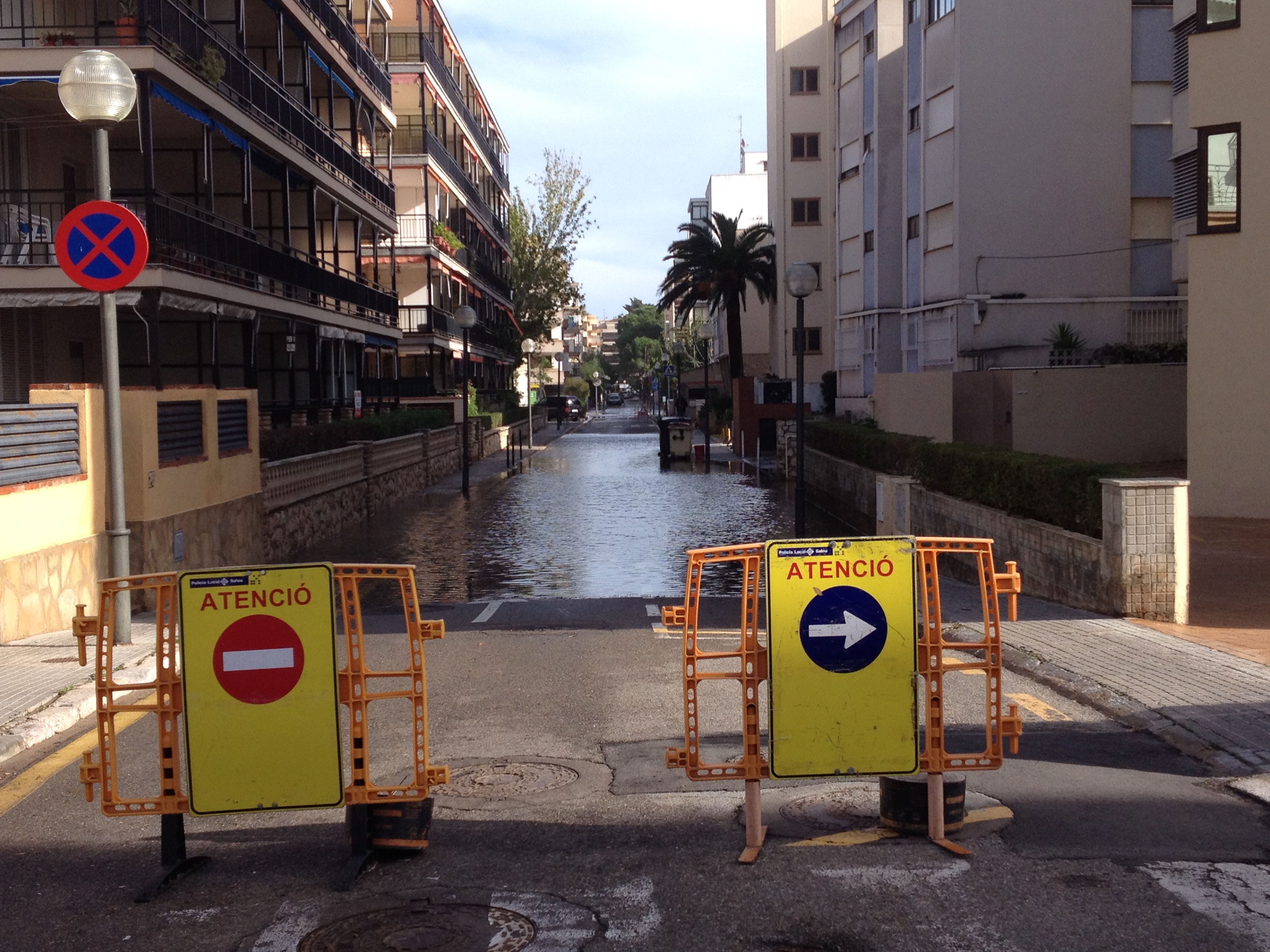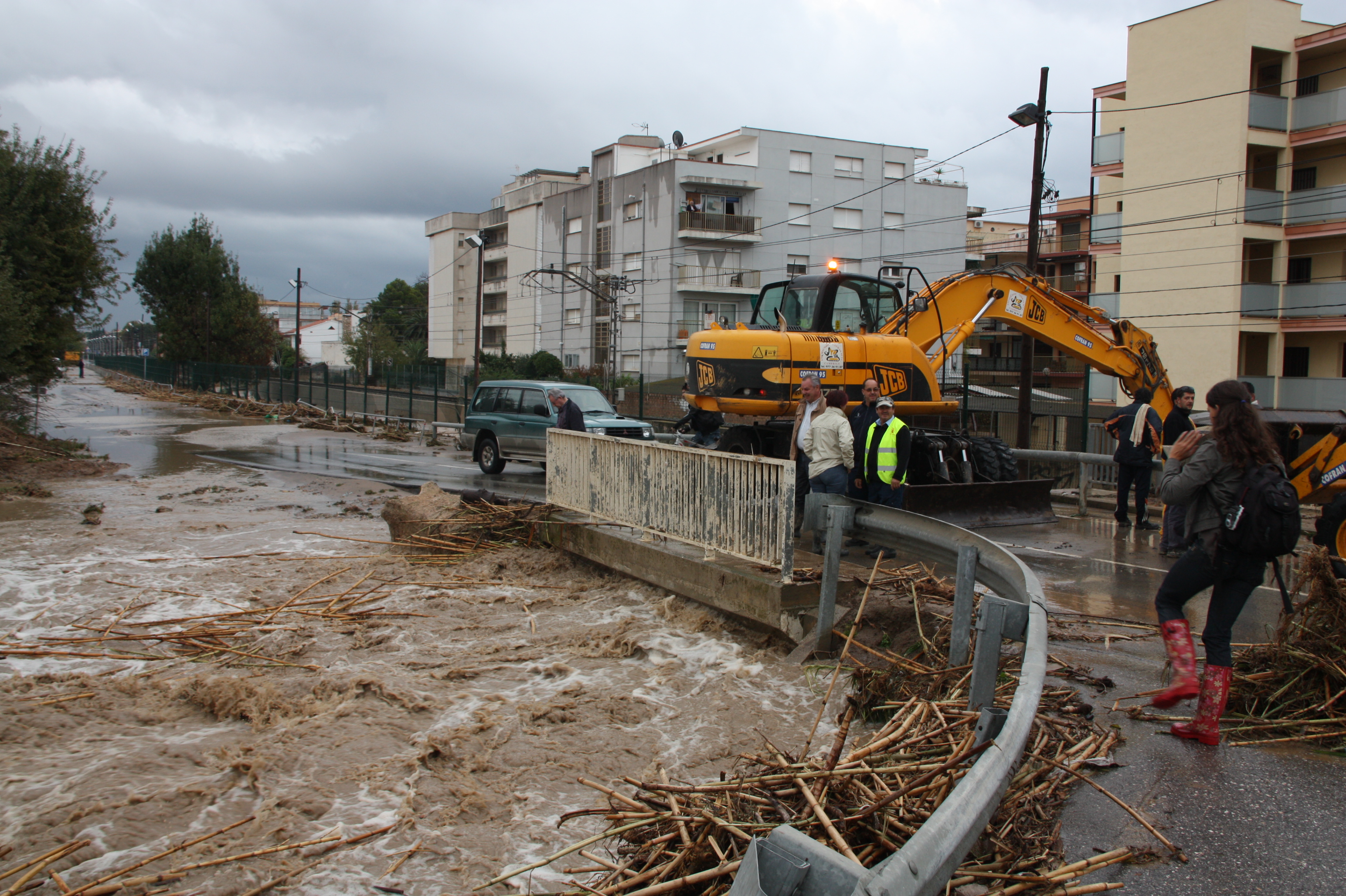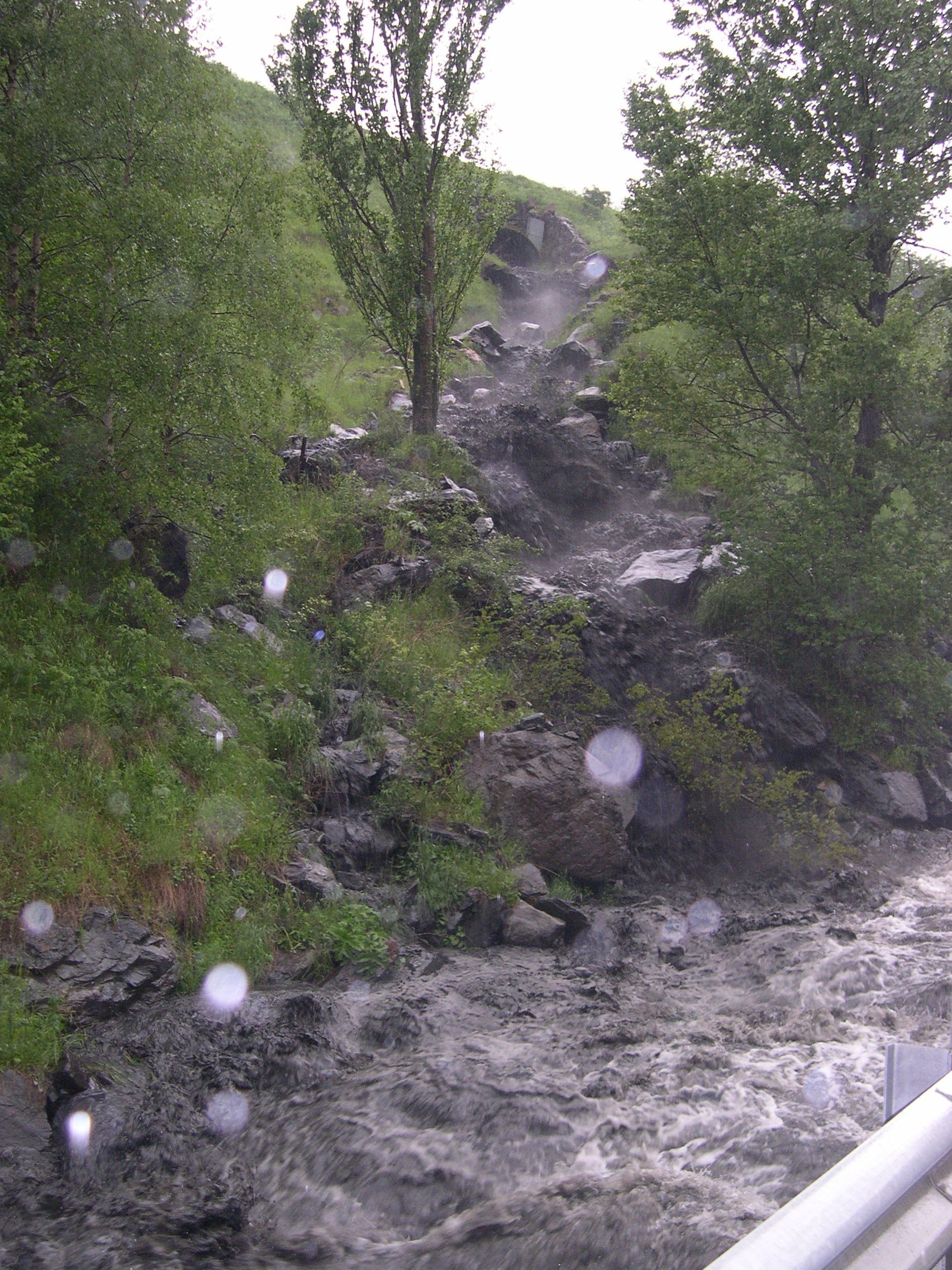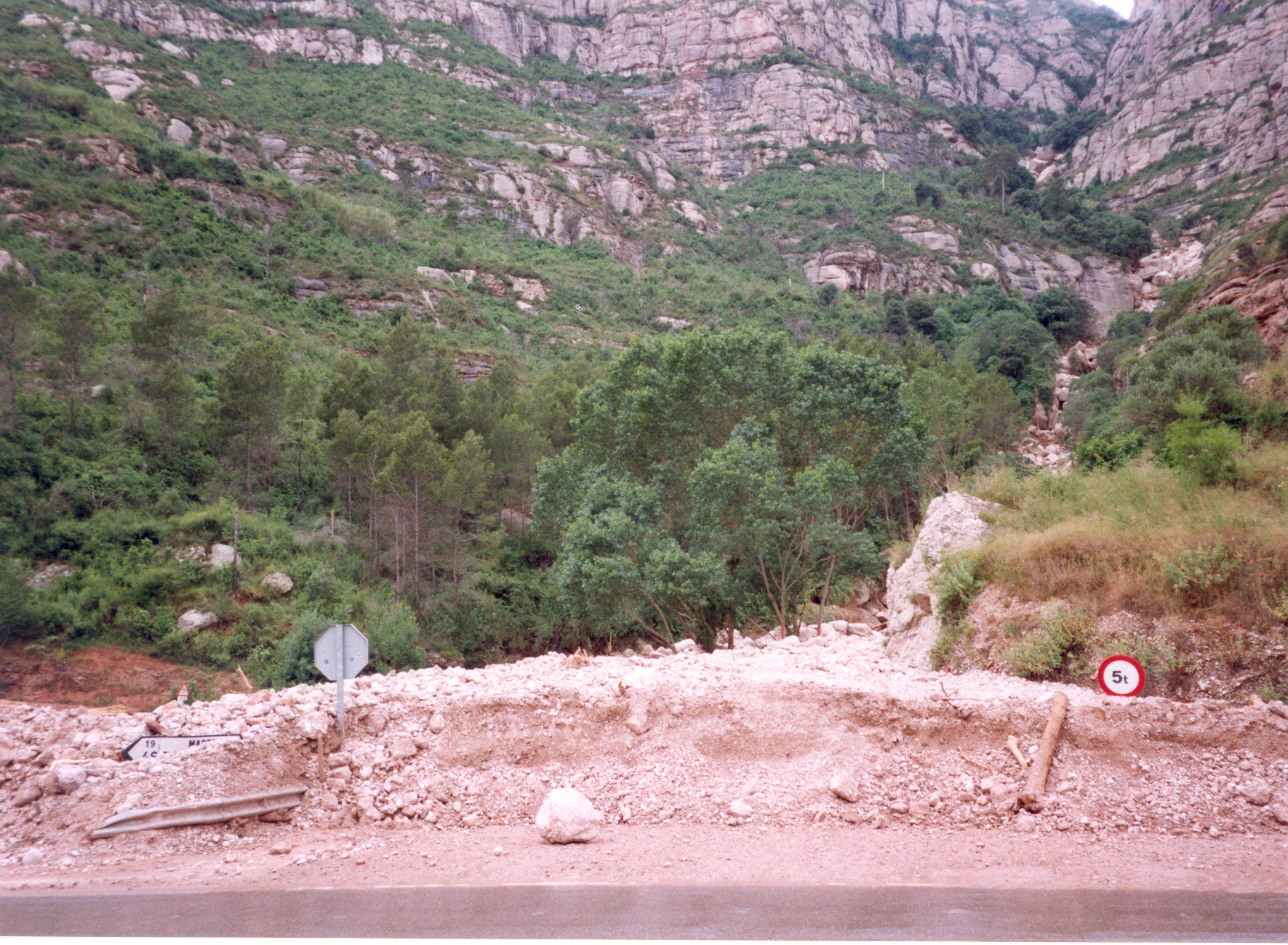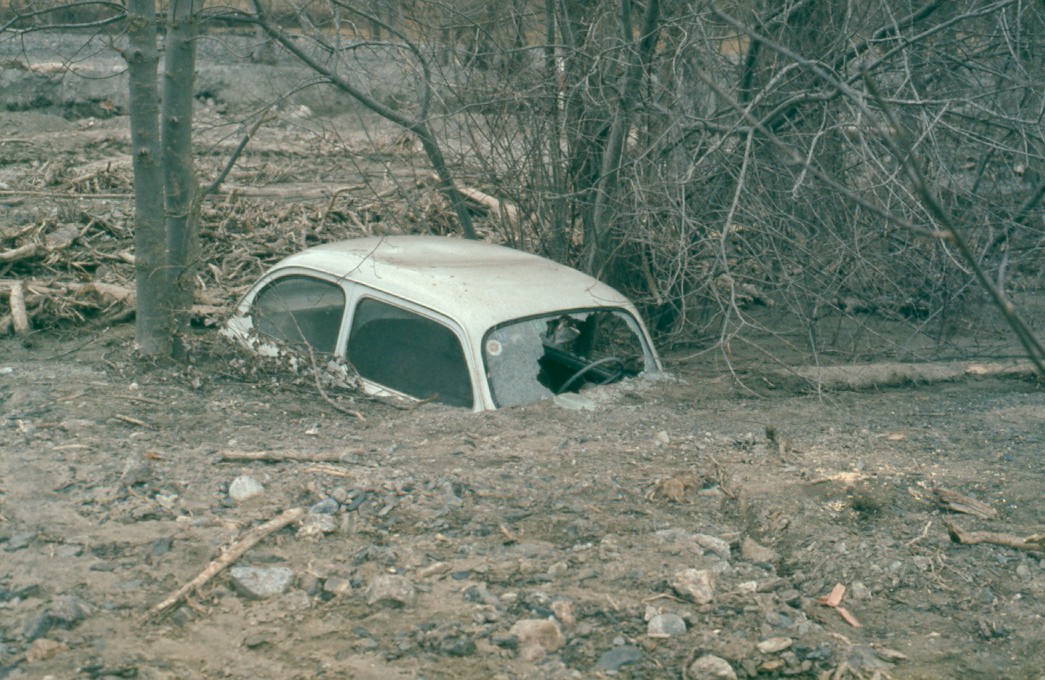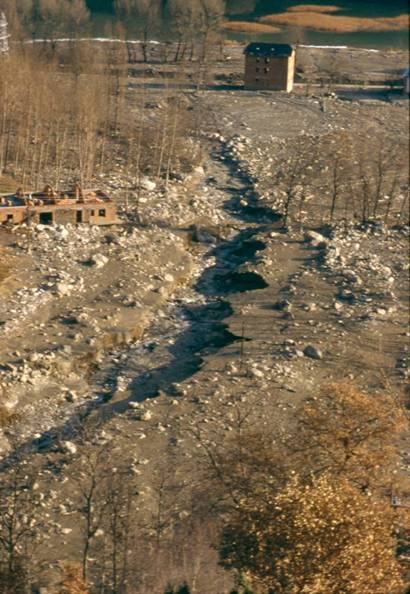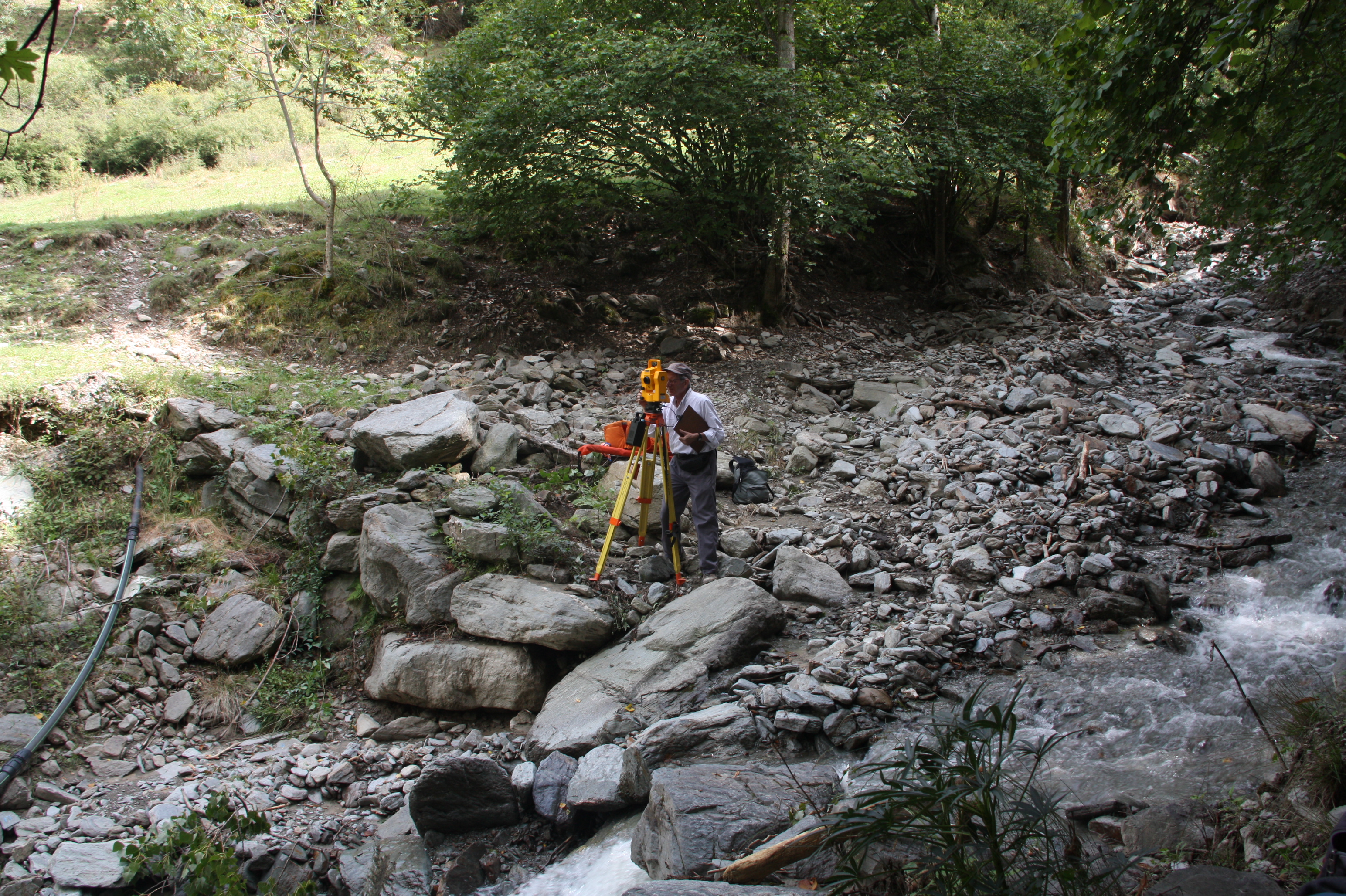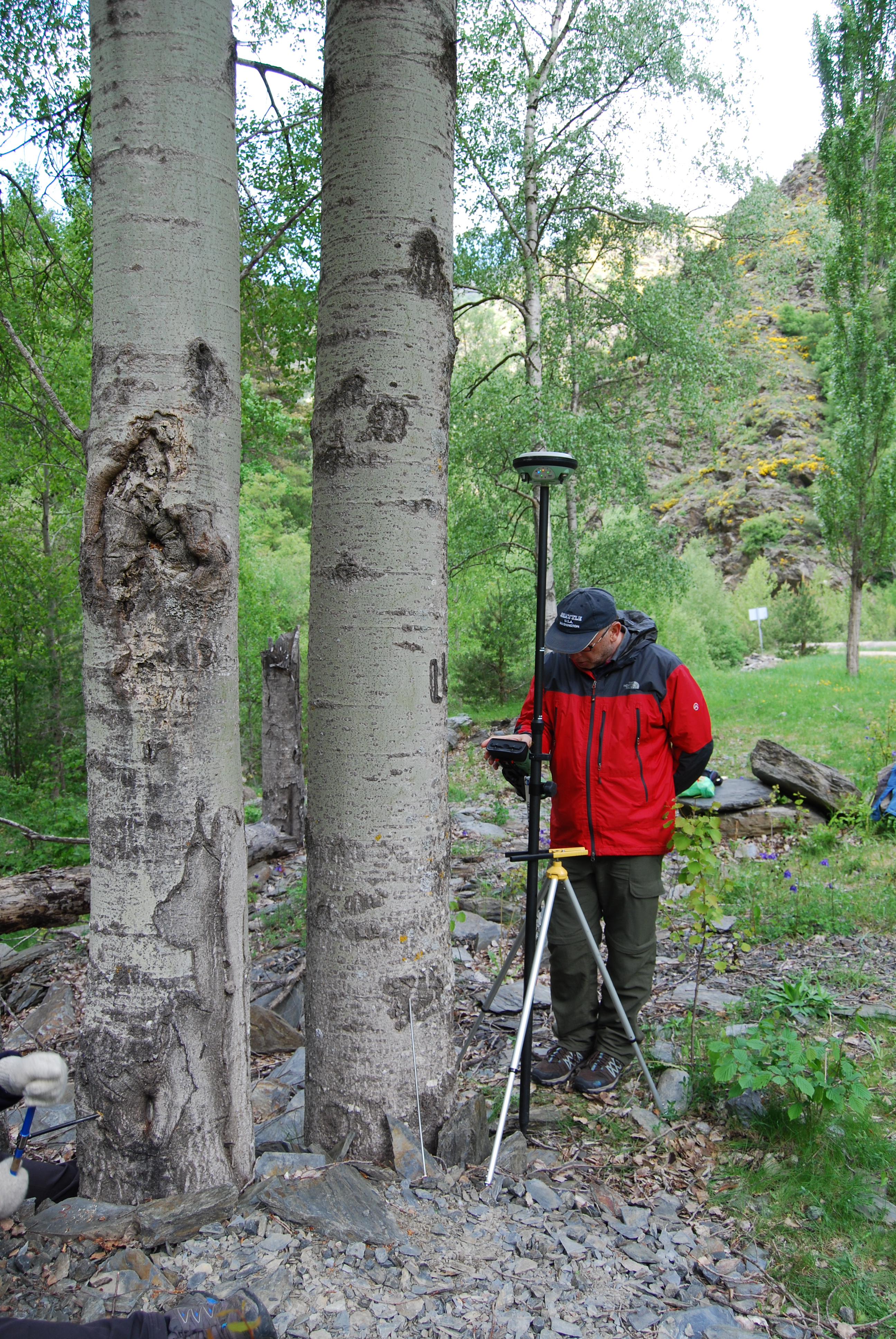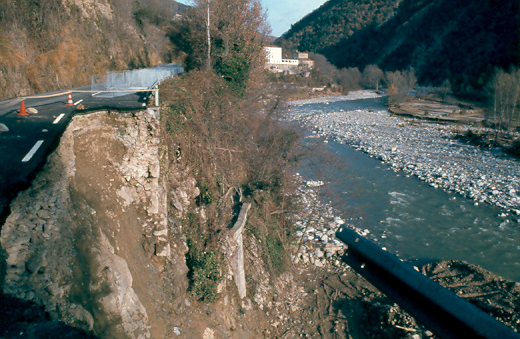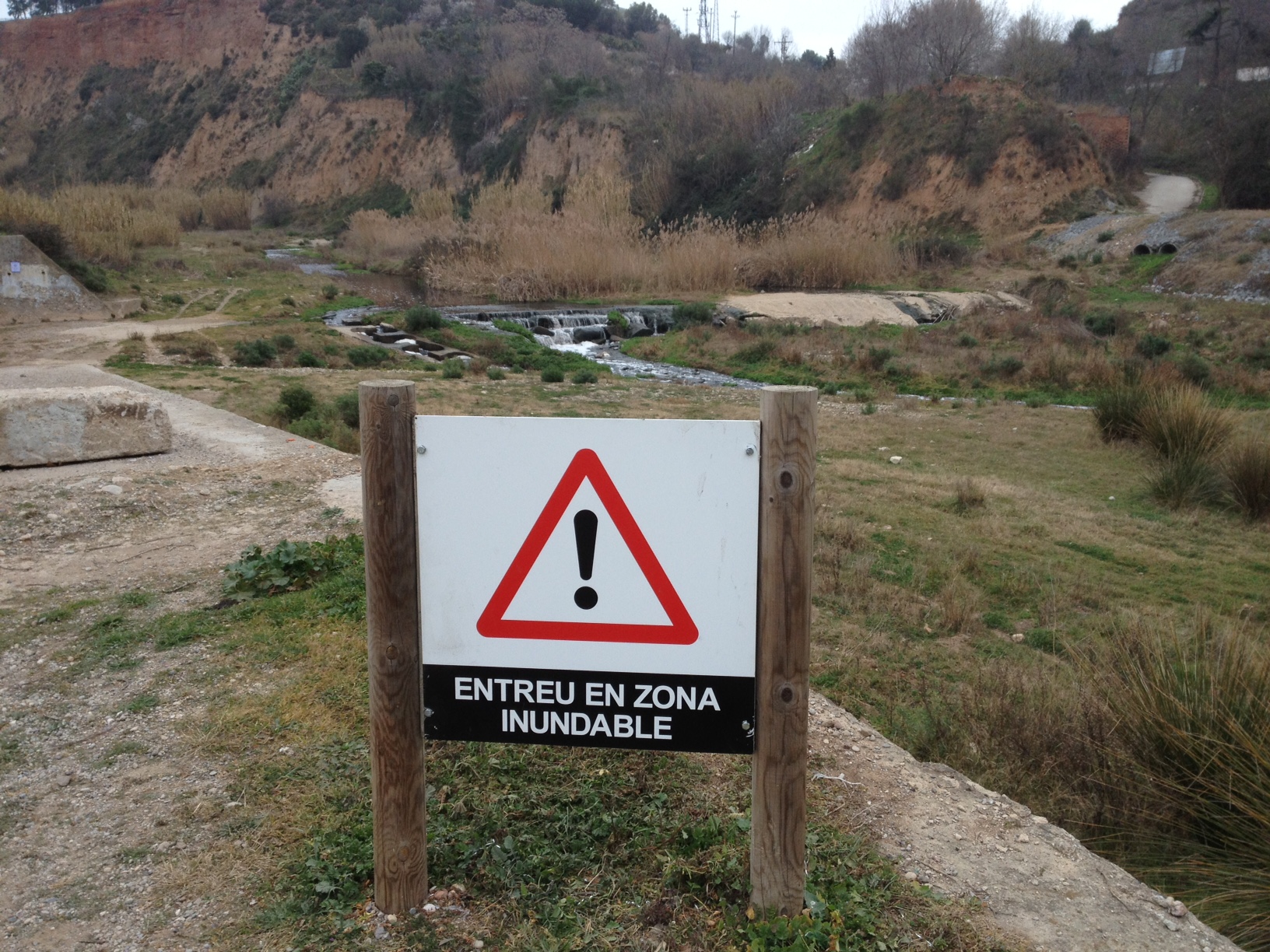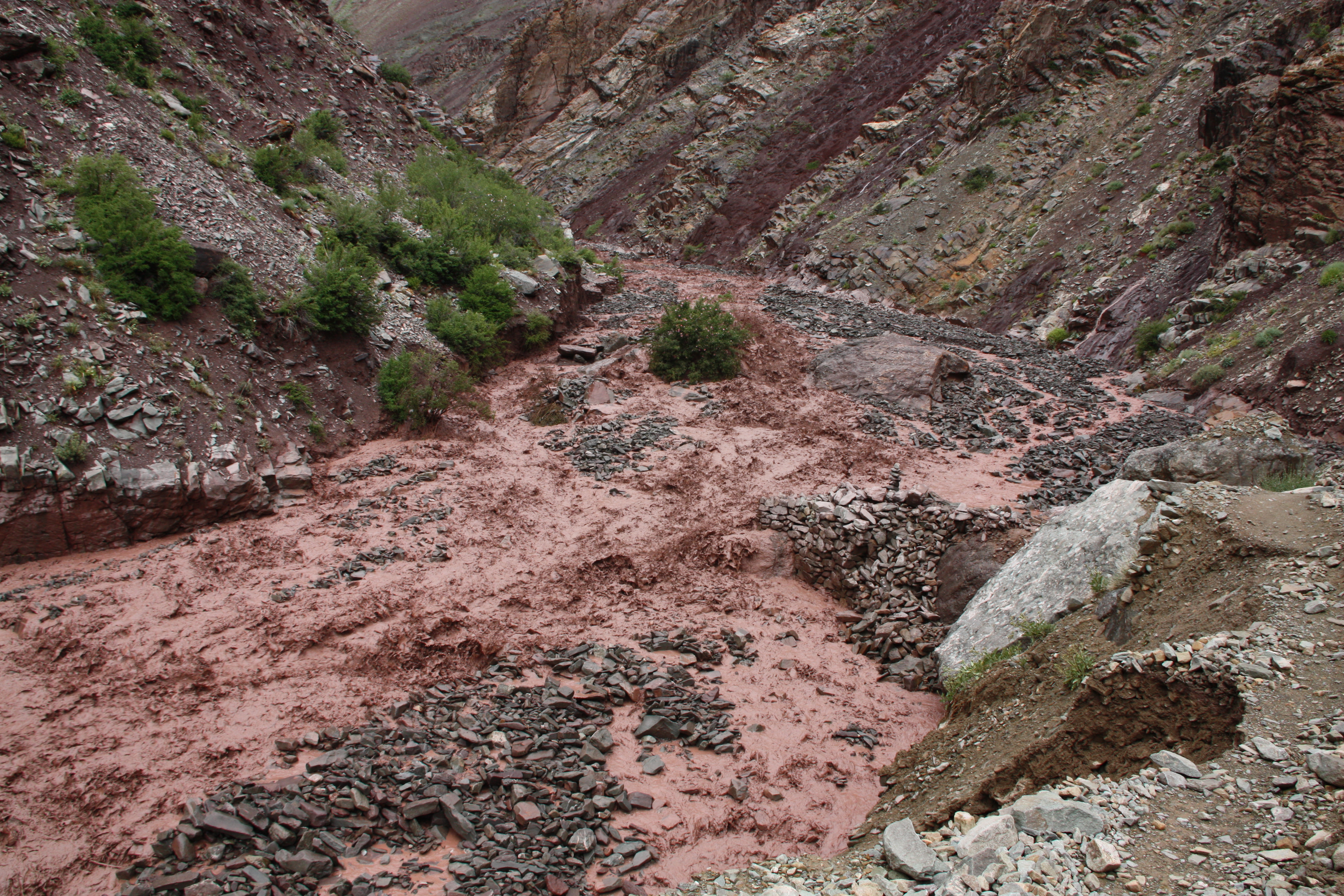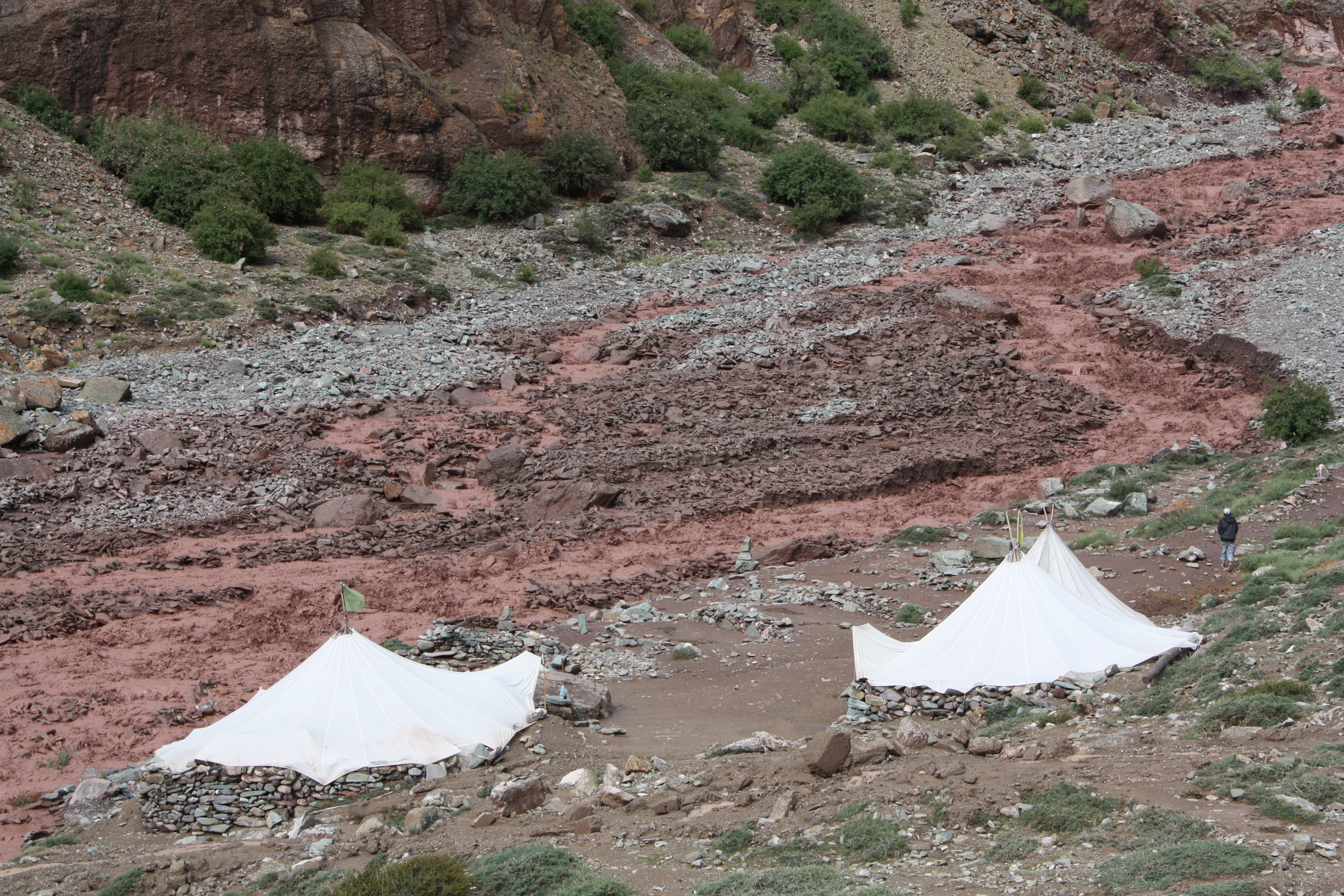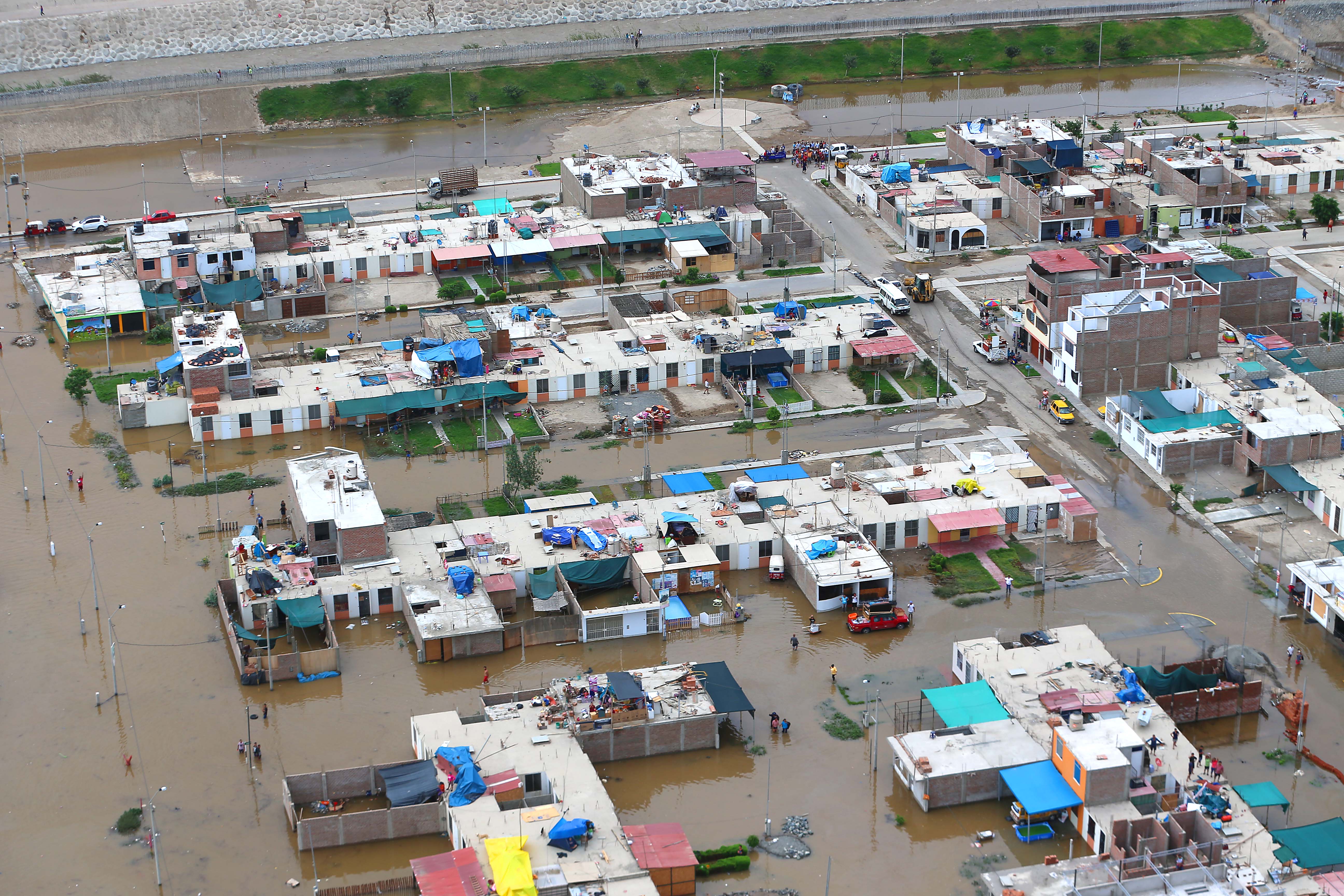Fluvial and torrential complex dynamics generate flood risk scenarios, especially when they involve erosion and combine with load fluxes and large wood transport. Hydraulic modeling alone is not yet able to solve such combination of processes and is often limited by a lack of basic data (e.g., discharge data in ungauged basins in small Mediterranean basins, or detailed DTM, rainfall and discharge data in developing countries). Furthermore, the value of calculating return periods for these phenomena is questioned because exacerbation of flooding due to climate change.
We aim to integrate available and new methodologies and simulation tools to solve these shortcomings. In developing areas, we established a basic geomorphological methodology that provides results with very little available data and at low cost. In developed areas we are integrating different approaches, including geomorphological mapping, LiDAR analysis, historical and dendrogeomorphological dating and wood transport modelling,
Objective
- to improve the knowledge on the processes and interactions between fluvial and torrential flow, sediment load and riverside vegetation wood during floods, to help mitigate the potential risk of fluvial and torrential flooding.
Our main study area is the Francolí River (NE Iberia).

